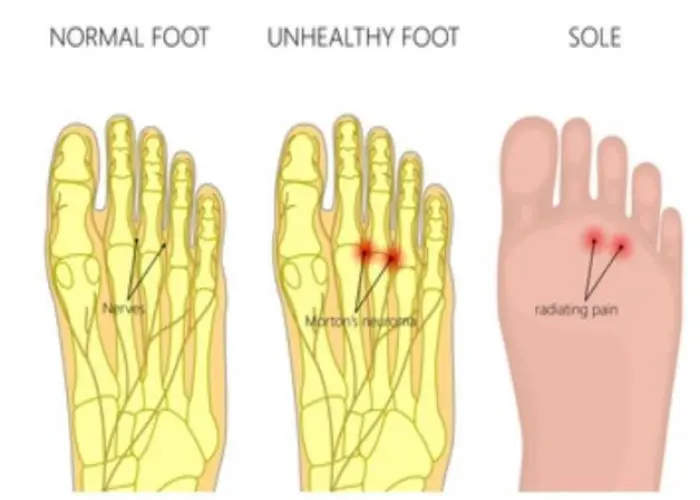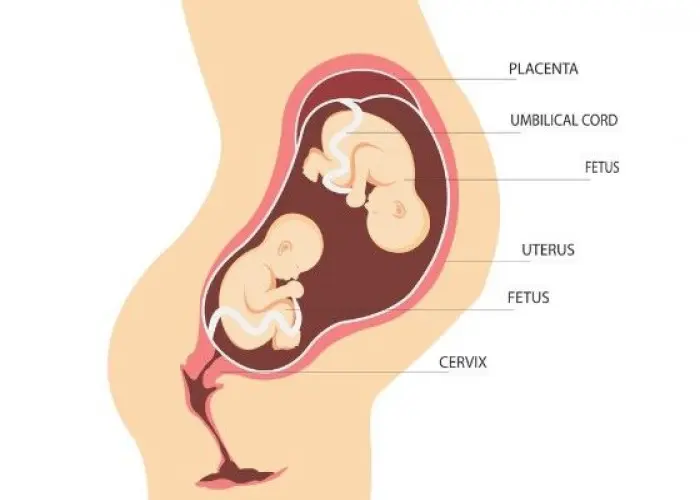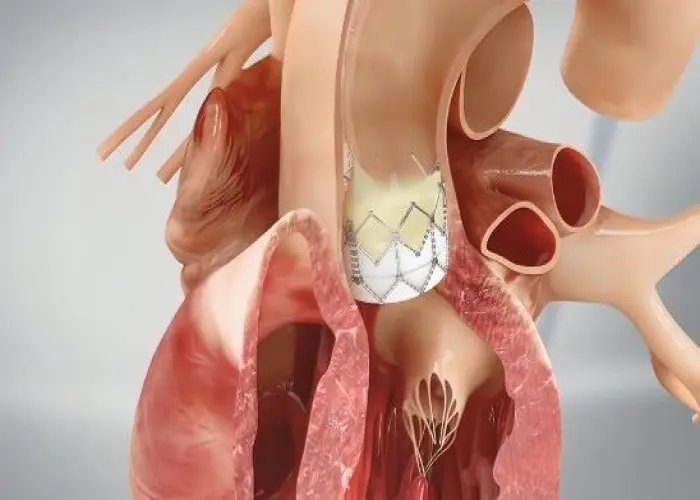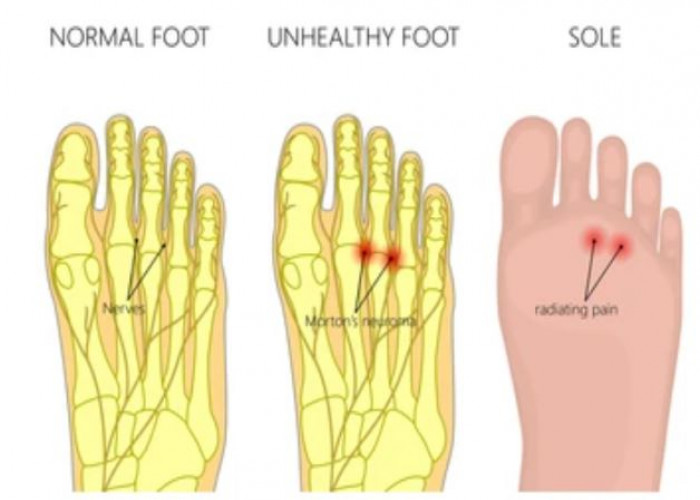 Welcome
Welcome
“May all be happy, may all be healed, may all be at peace and may no one ever suffer."
Benign peripheral nerve tumor

Benign peripheral nerve tumors, also known as neurofibromas, are noncancerous growths that develop in the peripheral nerves, which are the nerves that branch out from the brain and spinal cord and extend to the rest of the body. Neurofibromas can occur anywhere in the body and may cause symptoms such as pain, numbness, weakness, or a visible bump or lump. In most cases, benign peripheral nerve tumors do not require treatment and may be monitored over time. However, if the tumor is causing significant symptoms or affecting a person's quality of life, it may be surgically removed. It is important to work closely with a healthcare professional to monitor and manage benign peripheral nerve tumors.
Research Papers
Disease Signs and Symptoms
- Tissue cancer or tumor
- Swollen lump or skin nodules
Disease Causes
Benign peripheral nerve tumor
The cause of benign peripheral nerve tumors usually isn't known. Some are inherited. The most common type is schwannoma. It typically starts in a single bundle inside the main nerve, displacing the rest of the nerve.
Another common type is neurofibroma. These tumors often form inside the nerve. Sometimes they arise from several nerve bundles.
Perineuriomas are rare and can grow from inside or outside the nerve. Tumors outside a nerve can cause problems when they press on the nerve. Other benign tumors that form outside nerves are soft lumps of slow-growing fat cells called lipomas and ganglion cysts.
Disease Prevents
Disease Treatments
Treatment of peripheral nerve tumors involves either surgical removal or observation. If there's a low likelihood that the tumor will become cancerous and if it isn't causing you problems, you might not need surgery.
Your doctor might also recommend observation if your tumor is in a place that makes removal difficult. Observation includes regular checkups and imaging tests to see if your tumor is growing.
Disease Diagnoses
Disease Allopathic Generics
Disease Ayurvedic Generics
Disease Homeopathic Generics
Disease yoga
Benign peripheral nerve tumor and Learn More about Diseases

Syphilis

Baby acne

Familial hypercholesterolemia

Double uterus

Prediabetes

Heart valve disease

Essential tremor

Carbon monoxide poisoning
Benign peripheral nerve tumor, Benign nerve sheath tumor, Ulnar nerve schwannoma, বেনিজন পেরিফেরিয়াল নার্ভ টিউমার
To be happy, beautiful, healthy, wealthy, hale and long-lived stay with DM3S.
